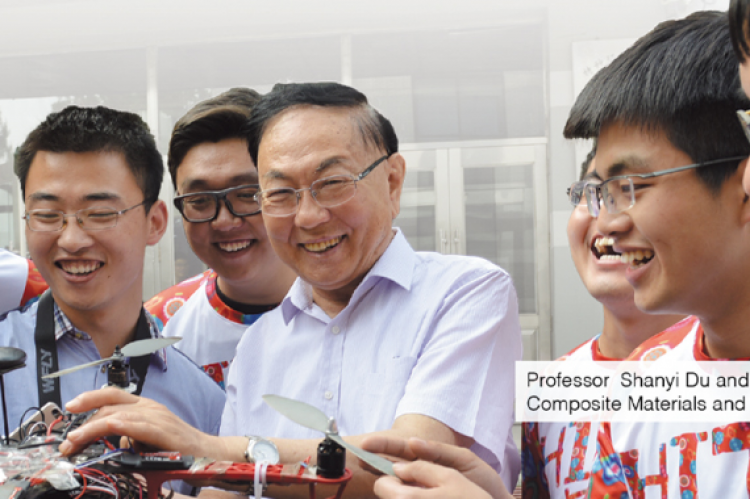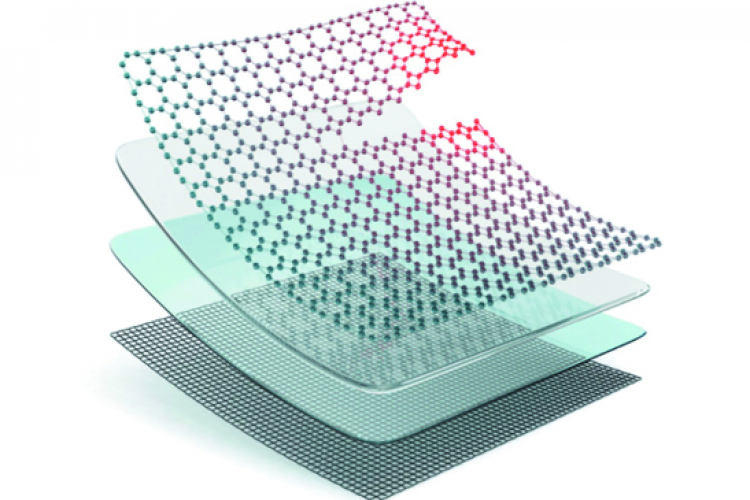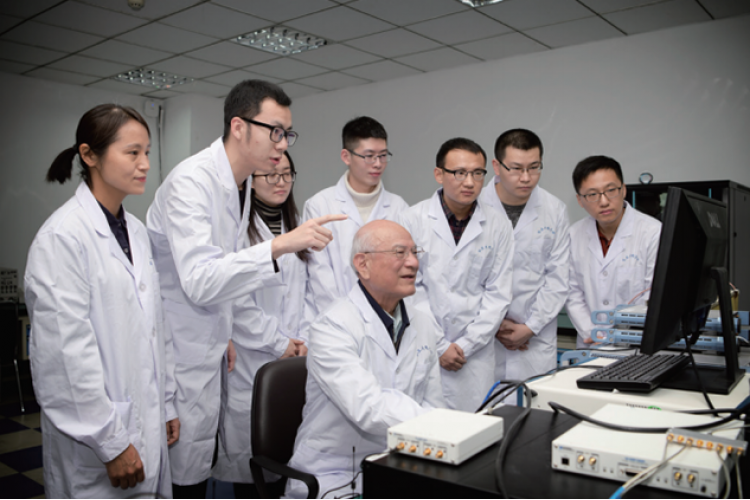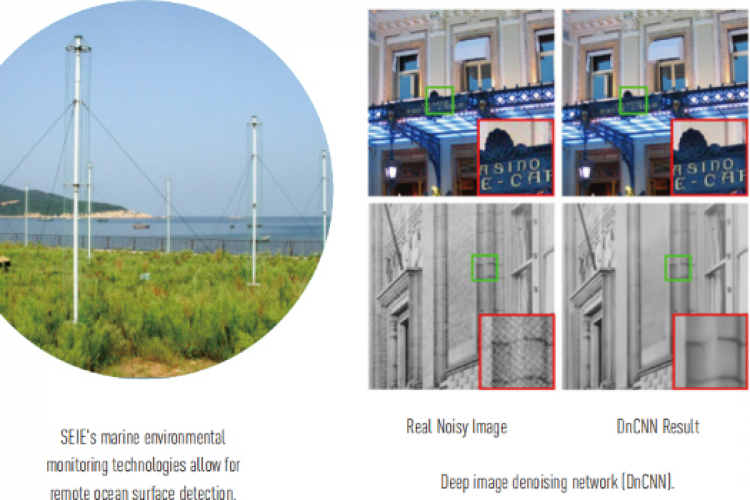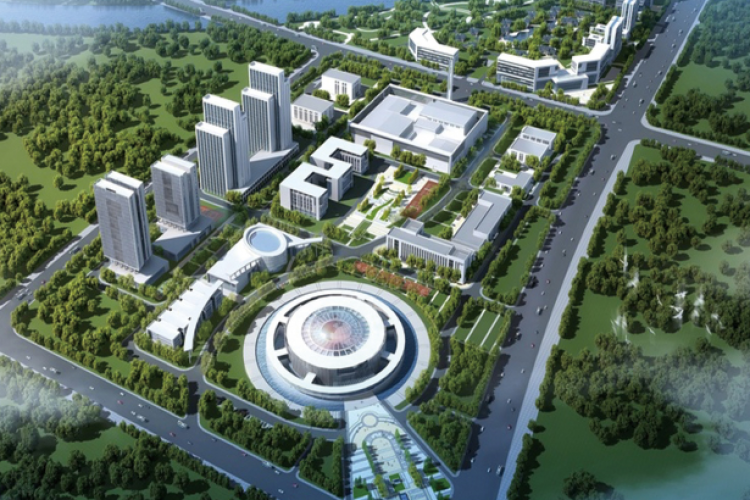Research Disciplines
-
Mechanics
MORE >>In 1952, HIT founded its discipline of mechanics. Now, this discipline consists of 110 faculty members, including four members of the Chinese Academy of Engineering (CAE), one member of the Chinese Academy of Sciences (CAS), one member of the Academy of Europe, two World Fellows, and one vice president of the International Committee on Composite Materials.
Scientific and Technical Breakthroughs
-
Materials Science and Engineering
MORE >>HIT’s Materials Science and Engineering (MSE) discipline spreads across all three campuses. According to the Essential Science Indicators (ESI) database, HIT’s Materials Science ranks in the top 1‰ globally.
Converting Material Knowledge to Strength
-
Civil Engineering and Architecture
MORE >>Civil engineering and architecture make up a powerful group at HIT—consisting of civil engineering at the core and also including related areas of study, such as architecture and transportation engineering. This discipline arose from the railway construction program, which made up part of HIT at the beginning in 1920.
A Model for Sustainable Living
-
Environmental Science and Engineering
MORE >>HIT's Environmental Science and Engineering (ESE) discipline includes Environmental Science, Environmental Engineering, Municipal Engineering, Chemistry and Chemical Engineering, Life Science, and Energy Science and Engineering.
Rising to Global Challenges
-
Automation & Electrical and Electronic Engineering
MORE >>HIT’s Automation & Electrical and Electronic Engineering discipline consists of a powerful team: two and three CAS and CAE members, respectively; 127 professors; 140 associate professors; and 76 lecturers.
Leading the Era of Electrical Intelligence
-
Computer Science and Technology
MORE >>HIT’s Automation & Electrical and Electronic Engineering discipline consists of a powerful team: two and three CAS and CAE members, respectively; 127 professors; 140 associate professors; and 76 lecturers.
A New Language in Computational Potential
-
High-End Equipment Manufacturing
MORE >>This interdisciplinary group at HIT focuses on “mechanical engineering”, including “instrument science and technology” and “power engineering and engineering thermophysics.” It contributes to major national projects, including manned space flight, deep-space exploration, inertial-confinement fusion, aeroengines, and gas turbines.
Roving into New Realms
-
Aerospace Science and Engineering
MORE >>With 20 successful microsatellite launches, HIT reached many firsts in the field of aerospace at home and abroad. On April 18, 2004, the Shiyan-1 satellite—the first microsatellite developed independently by Chinese universities, including HIT—was successfully launched. It completed the first satellitebased three-dimensional surveying and mapping of the Earth. Some of the other successfully launched HIT satellites include the Longjiang-1 and Longjiang-2 satellites to the Moon.
High Achieving
-
Big Data and Management Science
MORE >>HIT’s School of Management, an AI team from the School of Computer Science and statisticians from the Department of Mathematics work together to form the discipline of Big Data and Management Science, which makes use of resources at all HIT campuses.
Leading the Way in Management Studies
-
Space Environment Simulation Research Infrastructure
MORE >>HIT's Space Environment Simulation and Research Infrastructure (SESRI) is a ground-based large-scale space science and technology experimental platform. Currently under construction at HIT, SESRI will go into service to users around the world in 2022. It is designed for studying basic scientific issues in space materials, devices, magnetospheric physics, and other areas—all with world-leading capabilities of simulating a wide range of factors in a space environment.
Bringing Space to Earth

